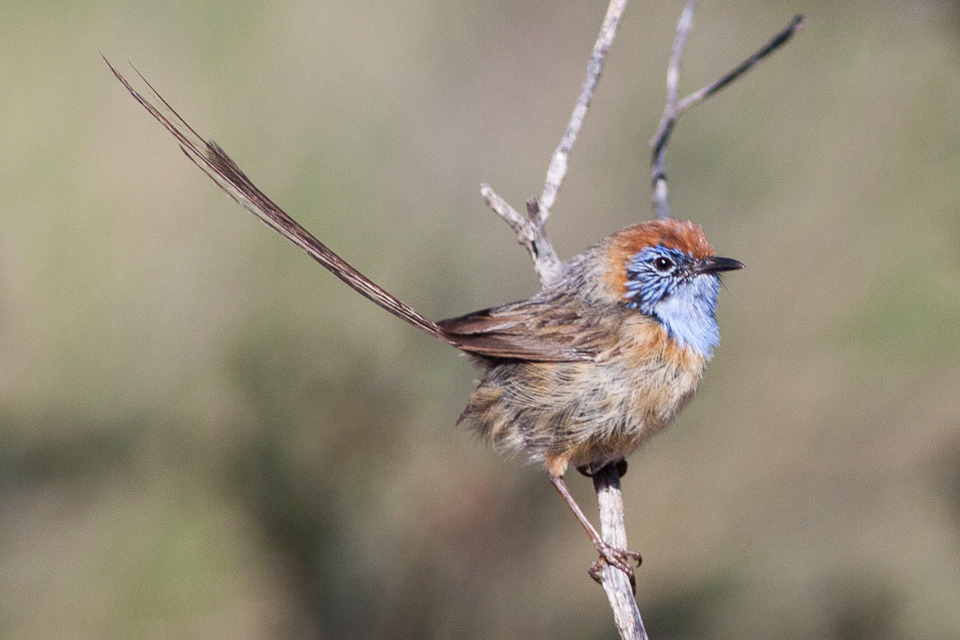Media release
From:
Understanding the many different ways animals are evolving in response to fire could help conservation efforts
In our modern era of larger, more destructive, and longer-lasting fires—called the Pyrocene—plants and animals are evolving quickly to survive. By synthesizing the wide body of research about rapid animal evolution in response to fire in a review publishing in Trends in Ecology & Evolution on July 19, a multidisciplinary team of ecology experts hopes to leverage what we already know to help foster evolution-informed conservation plans. In this way, they suggest, we can try to harness the ways in which fire impacts animals to protect vulnerable species—working with evolution instead of against it.
In response to climate change and changes in land use, fire regimes—or the typical characteristics of fire in a particular place, including severity, size, shape, and frequency—are changing quickly. “Every inch of terrestrial earth containing vegetation and an ignition source has an associated fire regime, and in many ecosystems, fire is the major agent of landscape change,” says lead author Gavin Jones (@ecologyofgavin), an ecologist for the USDA Forest Service.
As a result, the authors write, vegetation patterns are changing, habitats are morphing, and species are facing “large-scale mortality and dispersal events,” meaning that fires are killing off large numbers of individuals at a time and driving animals into new regions, sometimes separating the members of one population into different groups.
While research in the field showcases many examples of fire-driven animal evolution that have already taken place, animal evolution in response to fire is generally less well understood than the evolution undergone by plants. Jones and his team wondered what there was to learn from compiling what we know about how fires impact animals. To find out, the authors reviewed nearly 100 papers to identify examples of animal evolution in response to fire—and to analyze and categorize the different ways in which this evolution can take place.
“There is such an incredibly wide range of animal adaptations to fire. Evolution is happening—and will continue to happen—right in front of our eyes,” says Jones. “One of my favorite examples is the Melanophila beetles, which have evolved infrared sensory pits that allow them to sense forest fires and safely engage in reproductive behaviors near active fires.”
In addition to the Melanophila beetles, Jones and his colleagues also reference several other observed species changes in response to fire, which vary substantially. The Australian frilled lizard, for example, hides out in trees to escape fires, which is a behavioral adaptation. Other species, like a bird called the Temminck’s courser which lays eggs the color of recently burnt ground, have evolved by changing their basic biological characteristics.
“I had a great time reviewing the literature on animal adaptations to fire, and I was surprised and excited to see the depth of that literature,” says Jones. “There are lots of incredible researchers working in this area.”
Understanding the variation in how animal species are evolving is important, assert the authors, because it will enable more effective conservation efforts. For example, in some cases, artificially introducing fire into an ecosystem may help make species more resilient. In one case cited by the authors, conservationists are considering using fire to help separated populations of Boisduval’s blue butterfly in Yosemite National Park, California become more genetically connected, which could allow them to better reproduce and increase their population numbers. While interventions like these may be effective for some species, they might not work well for all animals.
“We must acknowledge that fire is not just a process that influenced evolution long ago...,” write the authors. “We see a need to incorporate evolutionary thinking into approaches for conserving populations under changing fire regimes, including detecting symptoms of fire naivety and identifying potential fire savvy-traits that could be leveraged for conservation. Doing so will allow for improvements to conservation efficacy in the Pyrocene."
###



 Australia; International
Australia; International



